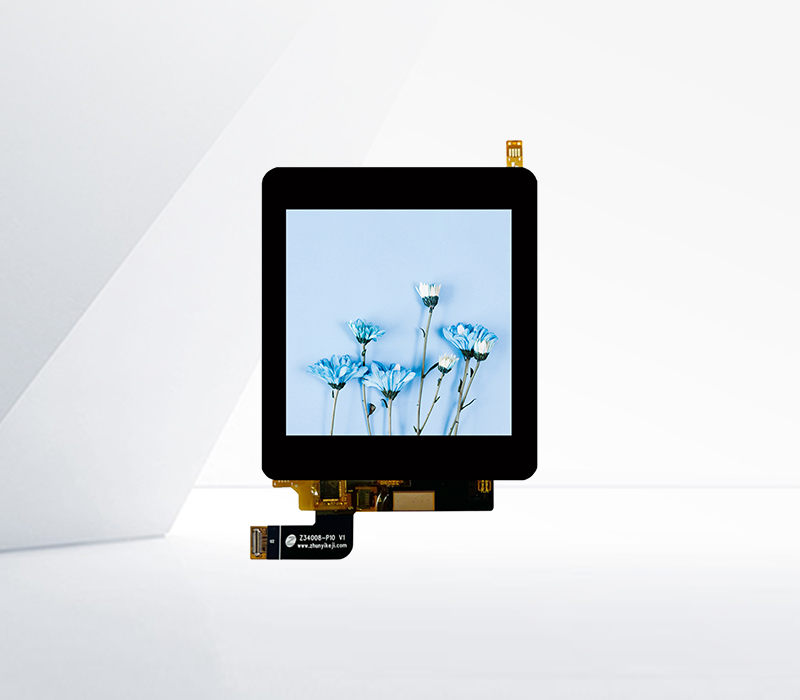




When an OLED (Organic Light - Emitting Diode) screen fails, the question of whether it can be replaced with an LCD (Liquid Crystal Display) often arises. In most cases, a direct replacement is not straightforward due to several fundamental differences between the two display technologies.
Firstly, the physical and electrical interfaces of OLED and LCD screens are usually not compatible. OLEDs are self - emissive, meaning they don't require a backlight as LCDs do. This results in different power - supply requirements and connection mechanisms. An LCD needs a backlight unit, which is typically powered separately, while an OLED gets power directly to its organic layers for light emission. For example, in a smartphone, the motherboard is designed to communicate with the OLED screen in a specific way, and the connector and the associated circuitry may not support an LCD.
Secondly, the form factor and size - related considerations also pose challenges. OLED screens are often thinner and more flexible compared to LCDs. They are designed to fit into the slim profiles of modern devices, and the space inside the device may not be sufficient to accommodate the additional components required for an LCD, such as a backlight module and diffuser sheets.
However, in some custom - built or DIY projects, with significant modifications and technical expertise, it might be possible to replace an OLED with an LCD. This would involve designing a new circuit board to interface between the device's motherboard and the LCD, as well as finding a way to house the larger - sized LCD in the existing device enclosure. But this is a complex and time - consuming process, and it may not be cost - effective, especially considering the relatively high cost of parts and the risk of damaging the device further during the replacement.
